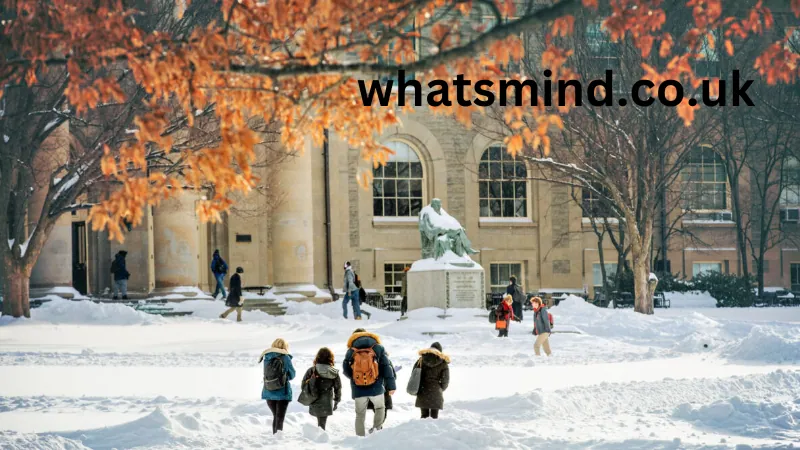Across cultures and centuries, the reverence for those who have passed shines as a universal practice. In Native American traditions, honoring ancestors and the spirits of the deceased is a vital aspect of spiritual life. Central to these customs are the prayers for the dead, which serve as expressions of respect, remembrance, and connection between the living and the spiritual realm. This article explores the rich traditions of Native American prayers for the dead, their significance, and how they continue to influence contemporary practices.
The Cultural Significance of Prayers for the Dead in Native American Traditions
Native American tribes are immensely diverse, each with their own languages, customs, and spiritual beliefs. Despite this diversity, many tribes share core values centered around honoring ancestors and maintaining spiritual harmony with the natural world. Prayers for the dead are an integral part of these practices, designed to guide the spirits of the departed to the spiritual world and ensure their well-being.
For Native Americans, death is not an end but a transition. The spirits of the deceased are believed to journey to the afterworld, where they continue to influence the world of the living. Offerings, prayers, and rituals serve to facilitate this journey, expressing gratitude for the life lived and asking for protection and blessing.
Common Elements of Native American Prayers for the Dead
While specific words and rituals vary widely among tribes, several elements are common across many traditions:
1. Connection with Ancestors
Prayers often begin with calls to ancestors or spirits, acknowledging their presence and beckoning their guidance and protection. These calls foster a sense of unity between past and present.
2. Offering of Gifts
Many tribes include offerings such as food, tobacco, or sacred objects during prayers. These offerings honor the spirits and symbolize the continuity of life.
3. Chanting and Songs
Songs and chants are powerful tools in Native American prayers, believed to carry prayers to the spiritual realm. These vocal expressions often include rhythmic drumming and singing to create a sacred atmosphere.
4. Use of Sacred Objects
Items like feathers, beads, or stones are often incorporated into prayers, each holding symbolic meaning. For example, feathers may represent communication with the divine or spirits.
5. Recitation of Prayers
Prayers themselves may be recited in native languages, emphasizing the importance of preserving linguistic and cultural heritage. They often focus on themes of guidance, protection, healing, and gratitude.
Examples of Native American Prayers for the Dead
While each tribe has its own distinct practices, here are some examples that illustrate the reverence expressed in Native American prayers for the deceased:
The Navajo Prayer for the Dead
The Navajo people hold a sacred belief that the spirits of the dead must be guided safely to the afterworld. Their prayers often involve offerings of corn pollen, singing, and the recitation of sacred songs. The prayers seek to comfort the spirit, protect the living from any lingering negative influences, and maintain harmony.
The Lakota Sioux Rituals
The Lakota believe that the spirit of the deceased enters the Spirit World through a pathway established through prayers and offerings. A typical prayer might include calling the spirit by name, offering sacred tobacco, and asking for guidance and blessings for both the departed and the living.
The Hopi Prayers
The Hopi perform a “Dead Announcement” ceremony that involves prayer songs, offerings, and rituals conducted with great reverence. Their prayers focus on ensuring the spirit’s safe passage and honoring the life that was lived.
The Role of Prayers in Contemporary Native American Life
Today, many Native Americans continue to uphold traditional prayers and rituals for the dead, both in ceremonial contexts and personal remembrance practices. These prayers serve as a means of cultural resilience, helping to preserve language, identity, and ancestral connections.
In recent years, there has also been a movement to share and honor Native American funeral practices in broader society, fostering greater understanding of the spiritual significance of these rituals. Native-led memorials and ceremonies often emphasize respect for the natural cycle of life and death, emphasizing the importance of honoring the spirits of loved ones.
The Universal Message of Native American Prayers for the Dead
While deeply rooted in specific cultural and spiritual traditions, native prayers for the dead carry universal themes of love, remembrance, and spiritual continuity. They remind us of the importance of honoring those who have passed and recognizing the ongoing connection between the living and the spiritual world.
These prayers also emphasize humility and respect for the natural order, teachings that resonate across many cultures worldwide. They encourage us to reflect on the cycle of life, death, and rebirth, inspiring ongoing reverence for the departed and gratitude for the guidance they offer.
Conclusion
Native American prayers for the dead encapsulate a profound spiritual understanding that life extends beyond physical existence. Through rituals, chants, offerings, and heartfelt prayers, these traditions honor ancestors, guide spirits, and foster harmony between worlds. While each tribe may have unique practices, the underlying themes of respect, remembrance, and spiritual connection are shared universally.
As we continue to learn from these sacred customs, we gain insight into the importance of maintaining respectful remembrance of those who have gone before us. In doing so, we nurture a deeper appreciation for the continuous cycle of life, death, and spiritual renewal—cherished values at the core of Native American spirituality and beyond.


